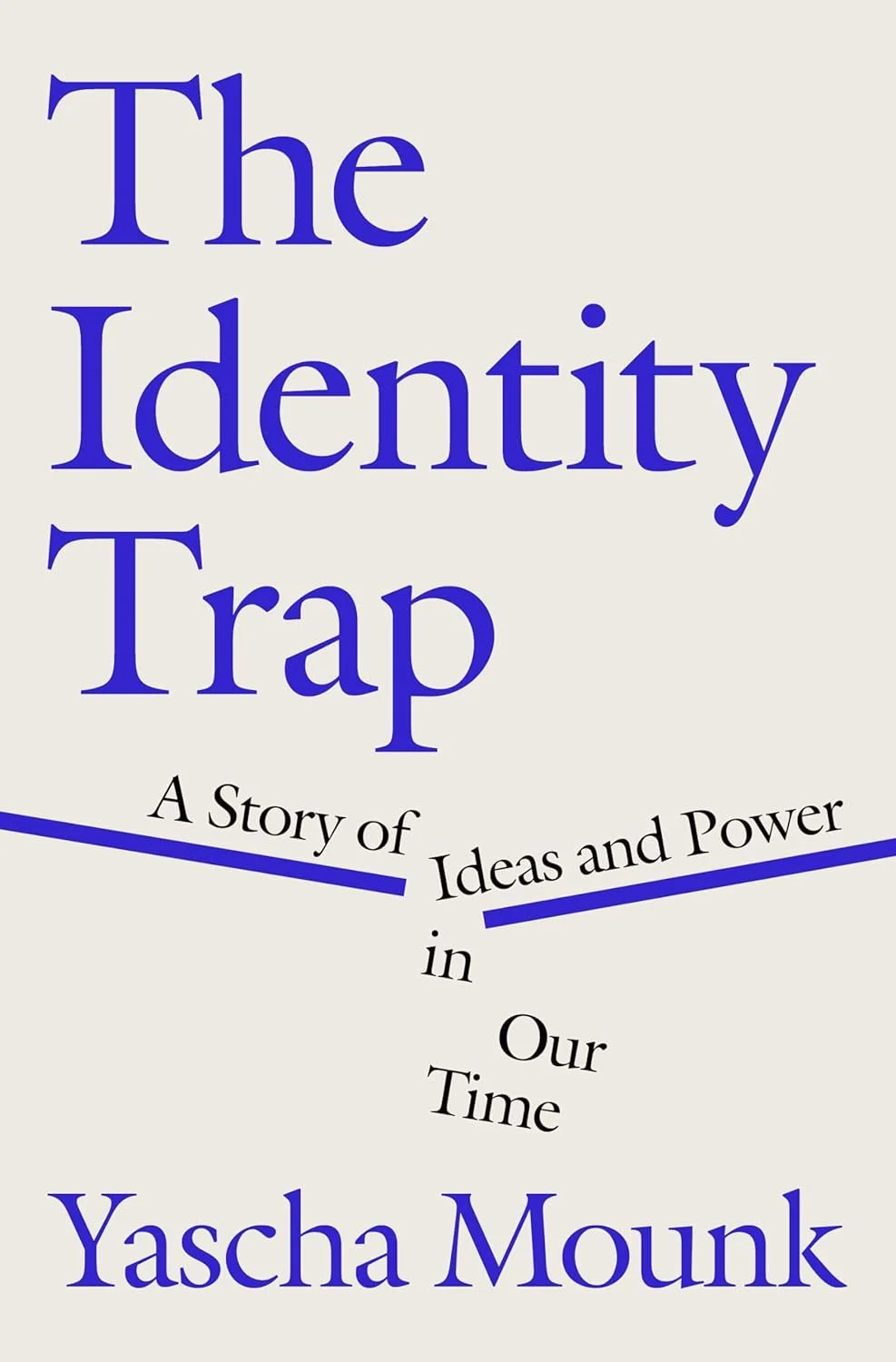Technopoly - A Review
Neil Postman’s most well known book is Amusing Ourselves to Death. There is good reason for that, since he both explains the media ecology of the early ‘80’s, including the election of a movie star presidents, and predicts where culture will head. His predictions have proved to be largely true, which is a stunning feat. He provides no timeline for what he anticipates, but he looks at the trajectory of culture and describes where it is headed—for us, where it has headed—in the decades to come.
His book, Technopoly: The Surrender of Culture to Technology, is less well-known, but in many ways more powerful and prescient. Published in 1992, Postman was standing at the beginning of the internet age, when personal computers were beginning to be more widely available.
The book is not about some dystopian future where Artificial Intelligence has taken over and time traveling robots have been sent back to wipe out the people that started it all. But it is a book that helps explain what technology is, why understanding that definition is important, and what it is doing to society.
From the very beginning, Postman makes it clear that technology is all around us in ways that we no longer detect. Technology fundamentally changes the way society works and how our brains function. (This is part of Jacob Shatzer’s argument in his recent book, Transhumanism and the Image of God, which is also worth your while.) He begins with one of Plato’s dialogues, Phaedrus, which contains a story of Thamus who resists the use of written languages, especially books, because it will change the way people receive information and allow readers to gain info apart from the oral tradition. To modern readers, so many centuries beyond that technological revolution, and also well beyond the revolution enabled by moveable type on printing presses, it may seem incredible to consider what life would be like without written communication. And yet, that was a technology that has fundamentally changed society in a way that we can no longer fully comprehend because it is so ubiquitous.
The central message of Technopoly is simple, but it is important: Every new technology that gets widely adopted changes society. It would, therefore, important that we ask whether those changes are good or not and what we are giving up by adopting new technologies.
According to Postman,
“Technology is a state of culture. It is also a state of mind. It consists in the deification of technology, which means that the culture seeks its authorization in technology, finds its satisfactions in technology, and takes its orders from technology. This requires the development of a new kind of social order, and of necessity leads to the rapid dissolution of much that is associated with traditional beliefs. Those who feel most comfortable in Technopoly are those who are convinced that technical progress is humanity’s supreme achievement and the instrument by which our most profound dilemmas may be solved. They also believe that information is an unmixed blessing, which through its continued and uncontrolled production and dissemination offers increased freedom, creativity, and peace of mind. The fact that information does none of these things––but quite the opposite––seems to change few opinions, for such unwavering believes are an inevitable product of the structure of Technopoly. In particular, Technopoly flourishes when the defenses against information break down.”
Postman further notes, only a couple of pages later, that social institutions are supposed to function as control mechanisms to help people discern which information is important and which is noise. As he notes,
“Social institutions sometimes do their work simply by denying people access to information, but principally by directing how much weight and, therefore, value one must give information. Social institutions are concerned with the meaning of information and can be quite rigorous in enforcing standards of admission.”
In this information age, even the best of our institutions cannot function fast enough to accomplish this task. And, based on the violation of trust that many institutions have engaged in or been accused of, people tend not to trust some of the institutions that might possibly be able to do a fair job at keeping up with information.
Technopoly helps explain the dis-ease of contemporary culture because we are being perpetually swamped by information and it is difficult to discern what is true. We have few reliable handlers of information that we can count on to present the information in a reasonably unbiased way. Some of the gate keepers of information, including members of the media, abuse their institutional role as information handlers to intentionally mislead through shifting perceptions.
Technopoly predicted our present state and our ongoing trajectory. Postman’s book highlights the epistemic and social nightmare we live in: there is too much information and we don’t know who to trust. Postman has few suggestions for a solution (indeed, he pokes fun at himself in the last chapter for that fact), but simply having the problem exposed is helpful.
Personally, I think that part of the solution needs to be a renewal of the Christian Mind, which I have written about previously and will discuss further in this context in a future post.
























God of All Things thus deepens our experience of the world as we study and live. Its short chapters and engaging prose are suitable for a wide audience. The many connections with real, physical object lessons have deepened my appreciation of God’s efforts to ensure that the message of his greatness is available for all.